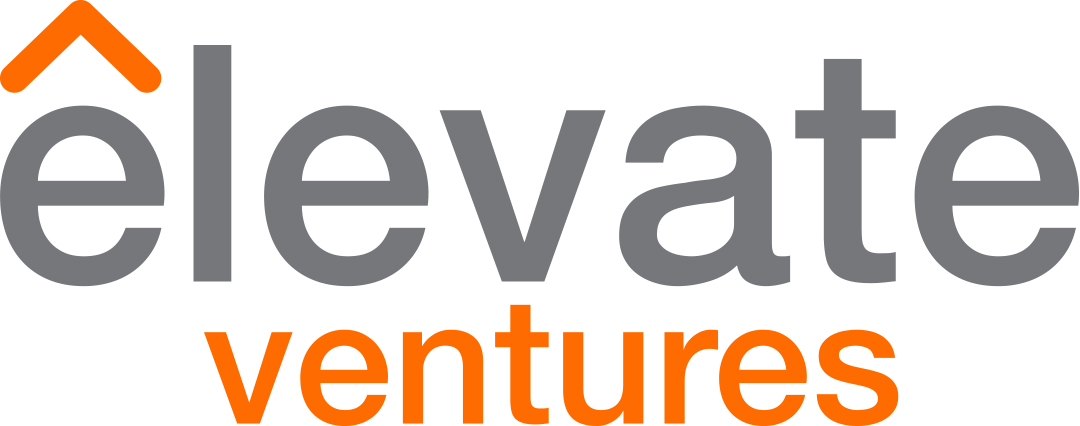Get your message to the people who need and want what you have to offer! This guide takes you through a step-by-step process that helps you identify specific target markets within your industry and provides you with the know-how to create customer profiles to better channel your marketing efforts.

WHAT TO EXPECT
This Business Builder will take you through a step-by-step process that will help you identify specific target markets within your industry and provide you with the know-how to create a customer profile.
WHAT YOU SHOULD KNOW BEFORE GETTING STARTED
In order to market your product or service, it is imperative that you tailor your marketing and sales efforts to specifically reach the segment of population that will most likely buy your product or service. It is critical that you first determine or clearly identify your primary market. Your energies and funds then can be spent more efficiently.
If you don’t know who your customers are, how will you be able to assess whether you are meeting their needs? Since success depends on your being able to meet customers’ needs and desires, you must know who your customers are, what they want, where they live and what they can afford.
We’ve all heard a business owner say, “My product is terrific! It appeals to everyone.” Many of us have also seen small businesses that try to be all things to all people. This is a difficult, if not impossible, bridge to cross.
Targeting your market is simply defining who your primary customer will be. The market should be measurable, sufficiently large and reachable.
For example, a printer’s target of mid-sized firms with mid-size projects is not a measurable definition. However, a target market of firms within a radius of 20 miles, with annual revenues of $10 to $25 million and a need for four-color printing runs of approximately 5,000 pieces is a clear definition.
Once your target market is defined through your knowledge of product appeals and market analysis, and can be measured, you should determine whether that target market is large enough to sustain your business on an ongoing basis. In addition, your target market needs to be reachable. There must be ways of talking to your target audience.
Types of Markets
A market is simply any group of actual or potential buyers of a product. There are three major types of markets.
- The consumer market. Individuals and households who buy goods for their own use or benefit are part of the consumer market. Drug and grocery items are the most common types of consumer products.
- The industrial market. Individuals, groups or organizations that purchase your product or service for direct use in producing other products or for use in their day-to-day operations.
- The reseller market. Middlemen or intermediaries, such as wholesalers and retailers, who buy finished goods and resell them for a profit.
IDENTIFYING YOUR MARKET
Here are three steps to follow when identifying your market:
- Identify Why A Customer Would Want To Buy Your Product/Service
- Segment Your Overall Market
- Research Your Market
Step One — Identify Why A Customer Would Want To Buy Your Product/Service
The first step in identifying your target market is understanding what your products/services have to offer to a group of people or businesses. To do this, identify your product or service’s features and benefits. A feature is a characteristic of a product/service that automatically comes with it.
For example, if a toothpaste has a stain-removing formula, that’s a feature. The benefit to the customer, however, is whiter teeth.
While features are valuable and can certainly enhance your product, benefits motivate people to buy.
An example is anti-lock brakes; they are features on a car, but the benefit to the consumer is safety.
By knowing what your product/service has to offer and what will make customers buy, you can begin to identify common characteristics of your potential market.
For example, there are many different consumers who desire safety as a benefit when purchasing a car. Rather than targeting everyone in their promotional strategy, a car manufacturer may opt to target a specific group of consumers with similar characteristics, such as families with young children. This is an example of market segmentation.
In one column, list the features of your product/service. In the other, list the benefits each feature yields to the buyer.
To read through Step 2, Step 3, and the other resources available visit this link http://edwardlowe.org/how-to-identify-a-target-market-and-prepare-a-customer-profile/


